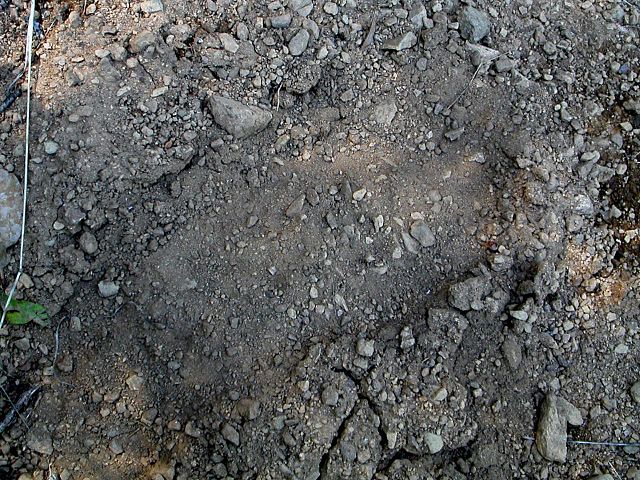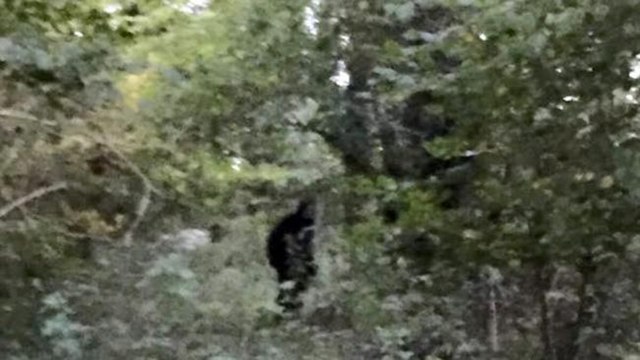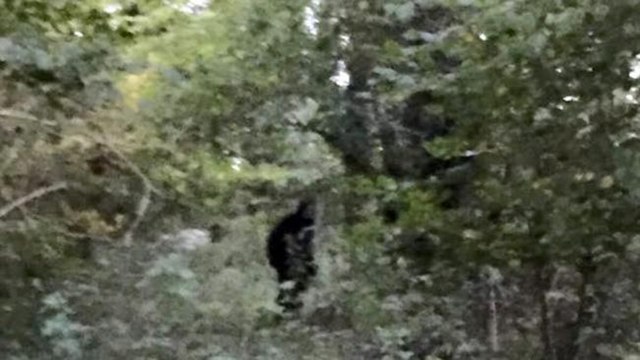The Yeti, also known as the Abominable Snowman, and Bigfoot, also known as Sasquatch, are both legendary creatures said to exist in different parts of the world. The Yeti is said to inhabit the Himalayan region of Nepal, Bhutan, and Tibet, while Bigfoot is said to reside in the forests of North America, particularly in the Pacific Northwest region of the United States and Canada. Both creatures are described as large, bipedal apes covered in thick fur, and sightings of them have been reported for generations. However, despite numerous reports and legends about their existence, there is little concrete evidence to support their actual presence.
Although the Yeti and Bigfoot are commonly portrayed as similar large, ape-like creatures, there is no conclusive scientific evidence to support their possible connection to each other. Some researchers have hypothesized that the Yeti and Bigfoot could be related species, but there is no concrete proof to validate this idea. Nonetheless, many individuals across the world continue to believe in these creatures, and sightings and encounters have been reported over the years. Some enthusiasts and researchers have made it their life’s work to try to find conclusive evidence that proves the existence of the Yeti and Bigfoot, despite the lack of evidence available.
In 1951, British explorer Eric Shipton took a series of photographs that became one of the most well-known pieces of evidence associated with the Yeti. The photographs captured enigmatic footprints in the snow, which Shipton believed belonged to the elusive creature.
Similarly, Bigfoot has been the subject of numerous alleged sightings over the years, along with several photographs and videos claiming to depict the creature. However, many of these have been debunked as hoaxes or misidentifications of other animals.

Recently, the Indian Army Mountaineering Expedition to Mount Makalu tweeted images of enormous footprints in the snow. The mountain, located in the Mahalangur Himalayas of Nepal, is the fifth highest in the world at 8,481 meters (27,825 feet).
A group of researchers conducted DNA analyses on 24 hair, tissue, bone, or faecal matter samples collected from the Tibetan Plateau of the Himalayas, including nine samples that were purportedly from the Yeti. The results showed that all but one of the “Yeti” samples actually came from Himalayan brown bears or other species native to the area, indicating that the existence of the Yeti remains unproven.
While the Yeti and Bigfoot have yet to be proven as being creatures other than bears or pranksters in gorilla suits, one similar creature has yet to be investigated. In the mountainous valley of Jonkershoek, a nature reserve located in the University town of Stellenbosch, South Africa, sightings have been reported of a Yeti-like creature by hikers. Described as a muscular creature standing at a whopping 7ft tall and weighing approximately 340 lbs (154kg), it is described as having a dark brown fur coat with a very human-like face. Sightings of the creature have been rare although, with the rising popularity of hiking in the area, sightings have become more prevalent.
Stories about the origin of the creature referred to as Yetibosch, include the belief that the creature is in fact a human male who, many years ago, chose to leave society behind and live a life off-grid, surviving off the land. Others say that he was a child that got lost from his family who had been hiking in the area and was raised by wild animals who, finding this vulnerable toddler wandering around, took him in and raised him as one of their own, proof that animals have compassion and kindness.
It is said that weathered, leathery skin is visible through the hair which covers his body and is likely due to living in the outdoors. Legend says he developed the fur coat as a necessity to survive the cold winters and harsh Summer sun and it is that which makes him look like a yeti. Regardless of how he got his coat, the Yetibosch remains a secretive, skittish creature that few have been privileged to see, and those that have, claim to have no feelings of fear or danger, only wonder and excitement.



Disclaimer: The story of Yetibosch is a work of fiction. While the Jonkershoek area of Stellenbosch is a real location, the events and characters depicted in this story are entirely fictional.
